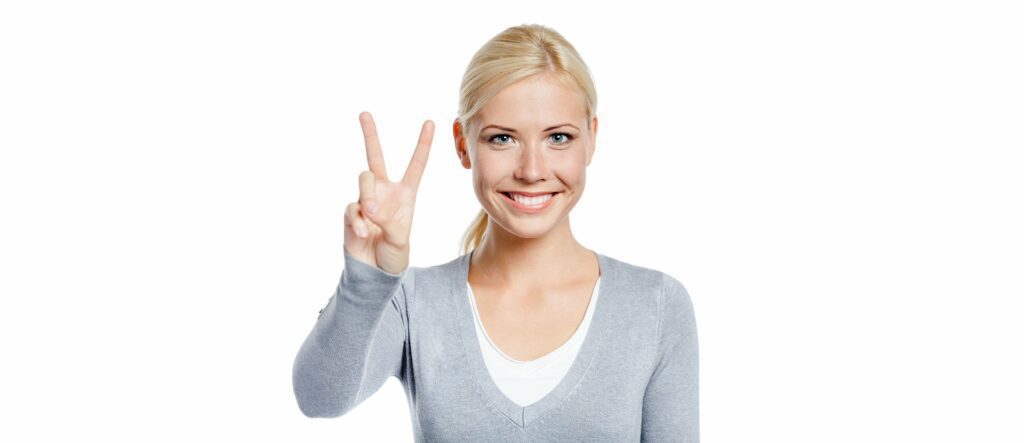There were a number of responses to the last blog post. Annie Stratton wrote something so insightful I’ve included it with permission at the end of this post.
The last post used the analogy of war, the war on Dupuytren. That seemed reasonable for several reasons – the importance of strategy and tactics, the concept of local battles in a larger war, and these:
First, hand surgery itself is a child of war, invented during World War II. US Surgeon General Norman Kirk realized that there was no military triage and treatment policy for hand casualties returning to the mainland. He recruited his friend and general surgeon Sterling Bunnell to correct this. Dr. Bunnell organized nine United States Army Hand Centers across the US. He recruited plastic, orthopedic, general surgical and neurosurgical colleagues to staff these. He spent the war traveling back and forth between these centers, studying the problems, devising solutions, and in the process created the first comprehensive textbook of hand surgery. This group of surgeons was the first generation of hand surgery specialists.
Second, the surgeon’s approach to Dupuytren is literally a physical attack on the disease. On average, removing diseased tissue (fasciectomy) provides longer control before recurrence than just releasing it (fasciotomy or collagenase). This observation led to the development of more and more radical Dupuytren operations in the 1950s and 1960s. One operation, dermofasciectomy, reduced long term recurrence. Another operation, radical fasciectomy, didn’t. Each significantly increased the chances of permanent complications, sometimes worse than Dupuytren. Sometimes radical surgical disease “control” is similar to how historian Tacitus described brutal Roman military operations in the conquest of Britain: “…they make a wasteland, and they call it peace.”
But our goal is not military – or surgical. Our goal is to stop the need for surgery. I agree with Annie’s words here:
I just read your most recent newsletter and would like to ask you to reconsider using the “war” metaphor for Dupuytren’s. I fully agree with the point you are trying to make, but I would like to suggest that a healing metaphor, one that calls upon creative energy, might be more effective.
I say this because of the experience of many friends and family who have had to endure that metaphor with cancer. All of the people I know who have or had cancer are deeply tired of the “warrior” role that kind of metaphor puts them into. It is draining. It does not allow space to be receptive to the softness of healing energy. I can say the same thing, having dealt with long-term undiagnosed (and misdiagnosed) Lyme disease, and now Dupuytren’s.
Yes, it is a struggle. And in a way, it involves conflict within our bodies. But putting it into a framework of fighting a war is not helpful in being receptive to healing. The second part of what you wrote captured what is going on beautifully: the concept of balance. Our need is to bring something that has gone wonky back into balance. For most of us, it was letting go of the role of warrior that enabled us to assume the role of advocate for ourselves and for each other. And it allows us to express the needs we have as a result of our disease in ways that enable us to reach out for solutions.
Any creative endeavor also requires us to use the kind of tools you mention to understand what needs to be done. And it takes hard work. And determination. And collaboration. Working together. I’d like us to be using a metaphor that embraces both understanding and creativity in a way that is both gentle and urgent.
Annie D Stratton
She’s right. The work to improve the lives of the Dupuytren community is about restoring balance. It’s about achieving the victory of peace. The logic behind the “war” on cancer is that cancer cells are true invaders: cancer cells have different DNA than the host. But Dupuytren isn’t cancer: the cells in Dupuytren have the same DNA as the rest of the person. They are that person. It’s not an invasion; it’s an imbalance. Thanks, Annie.
Charles Eaton MD






